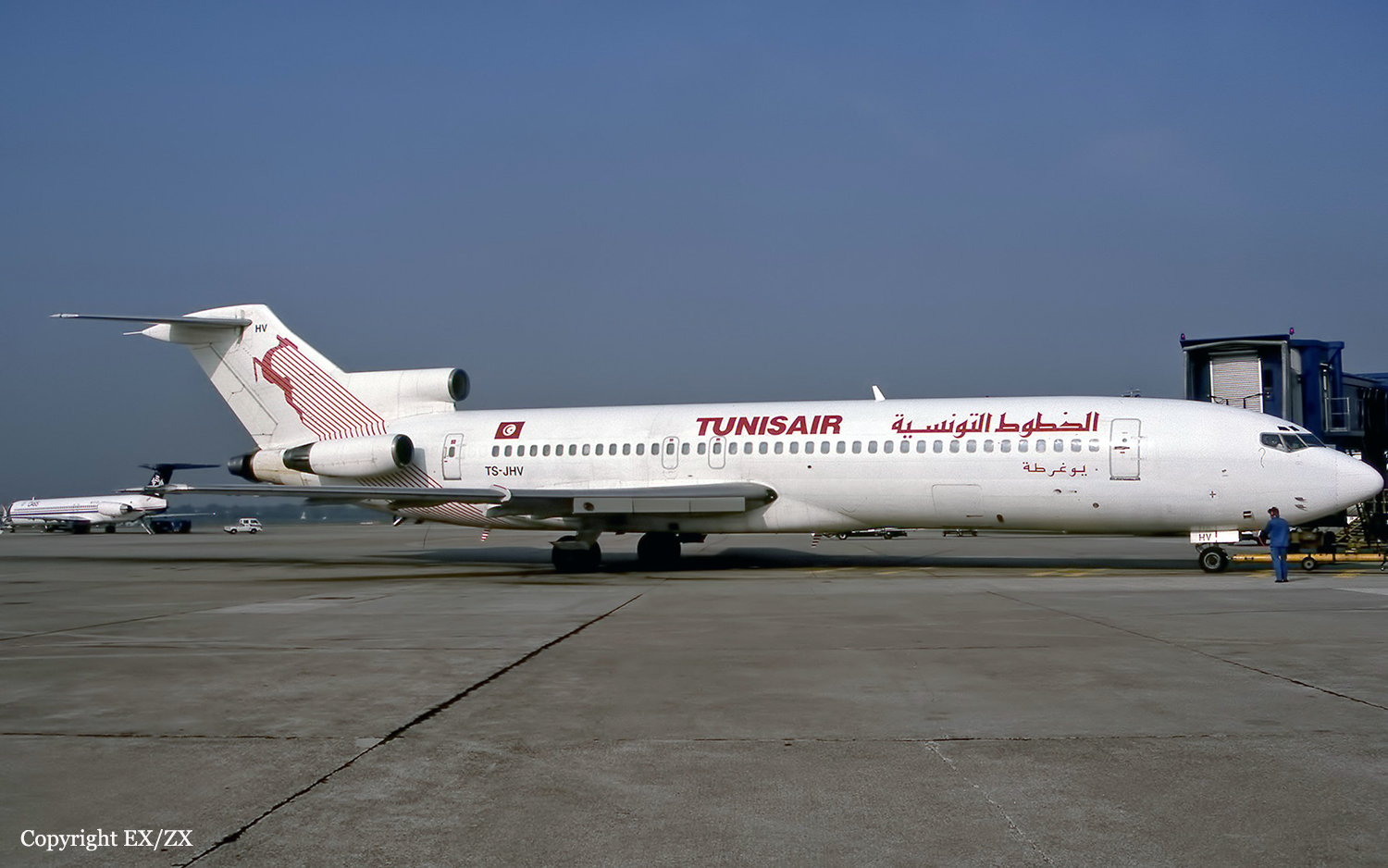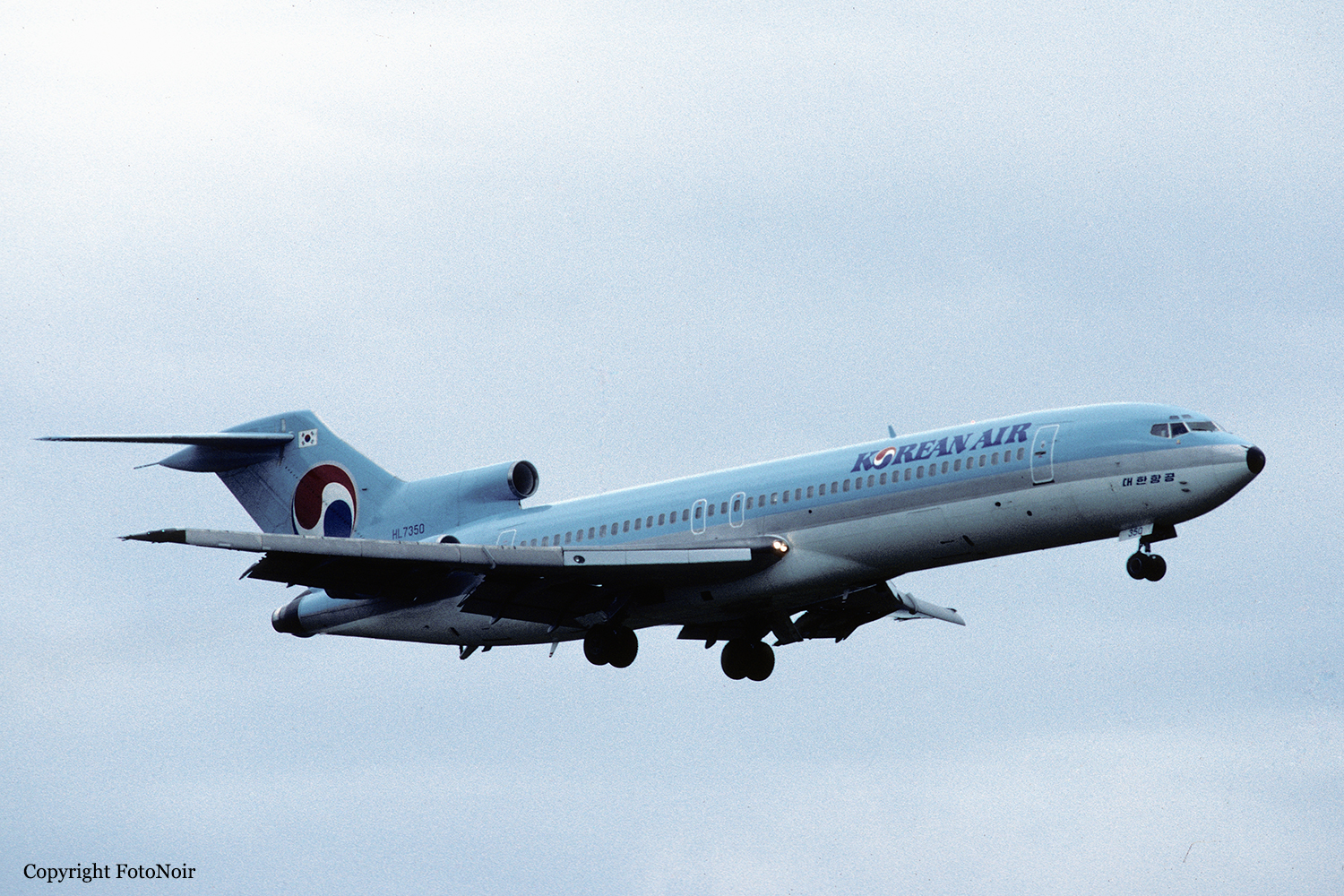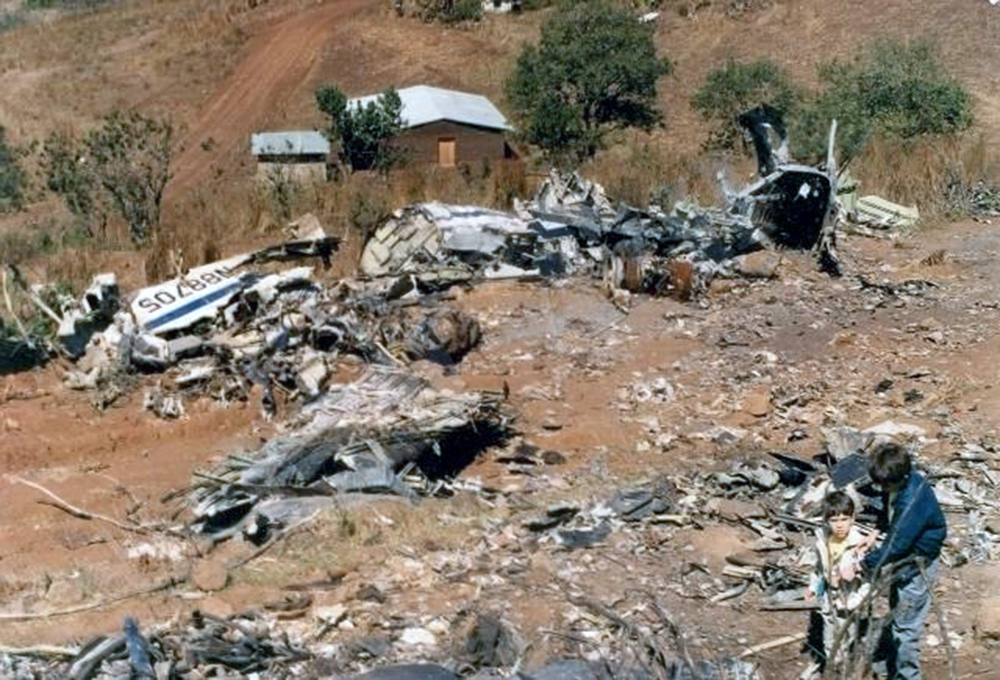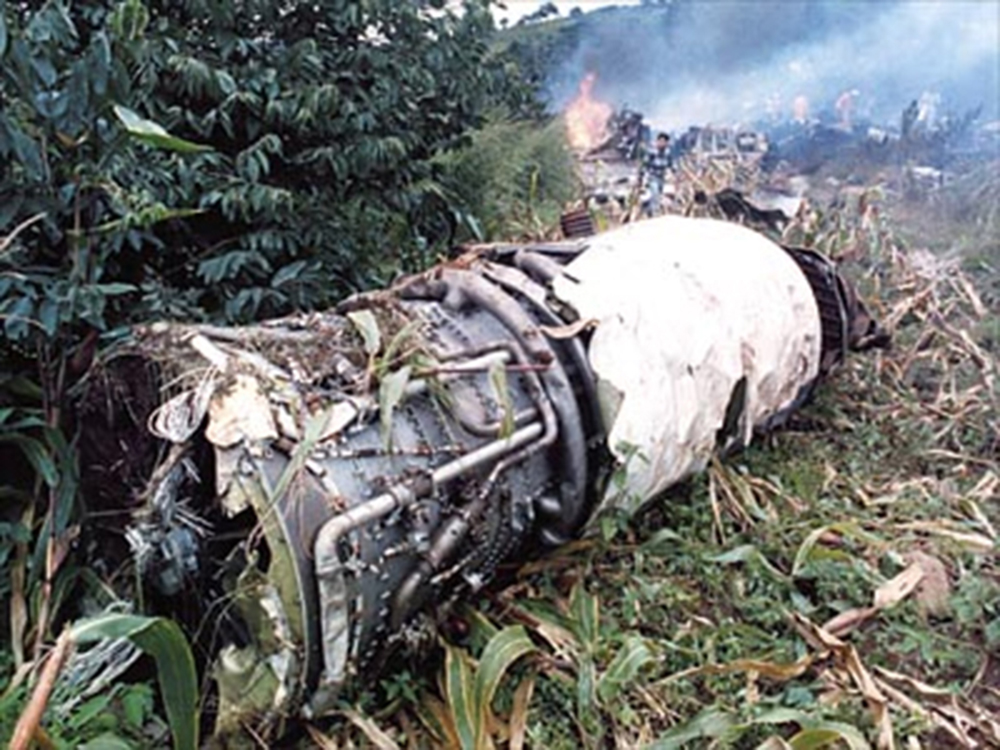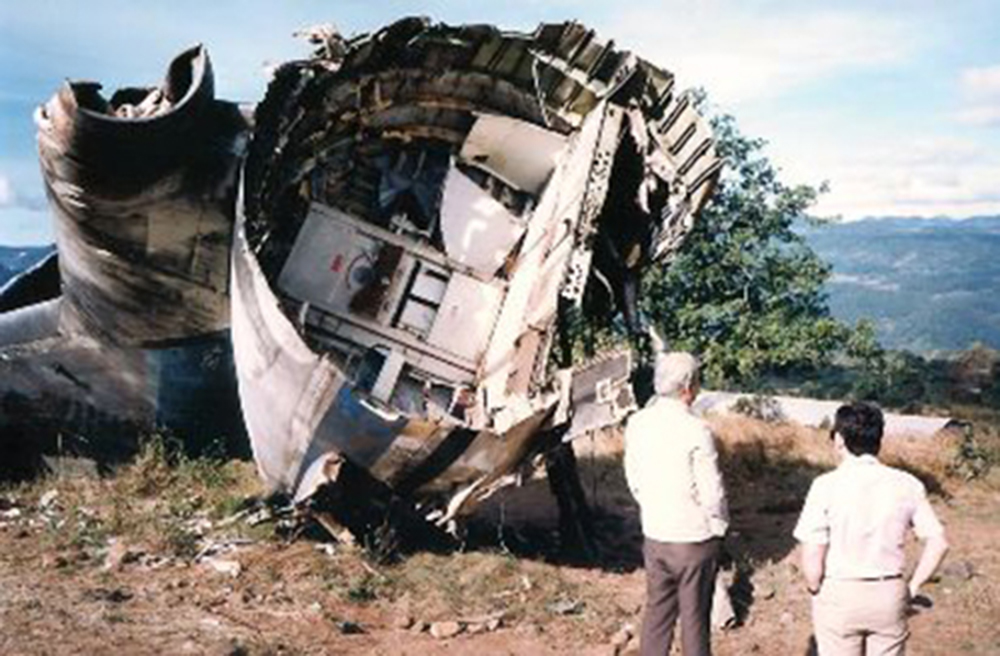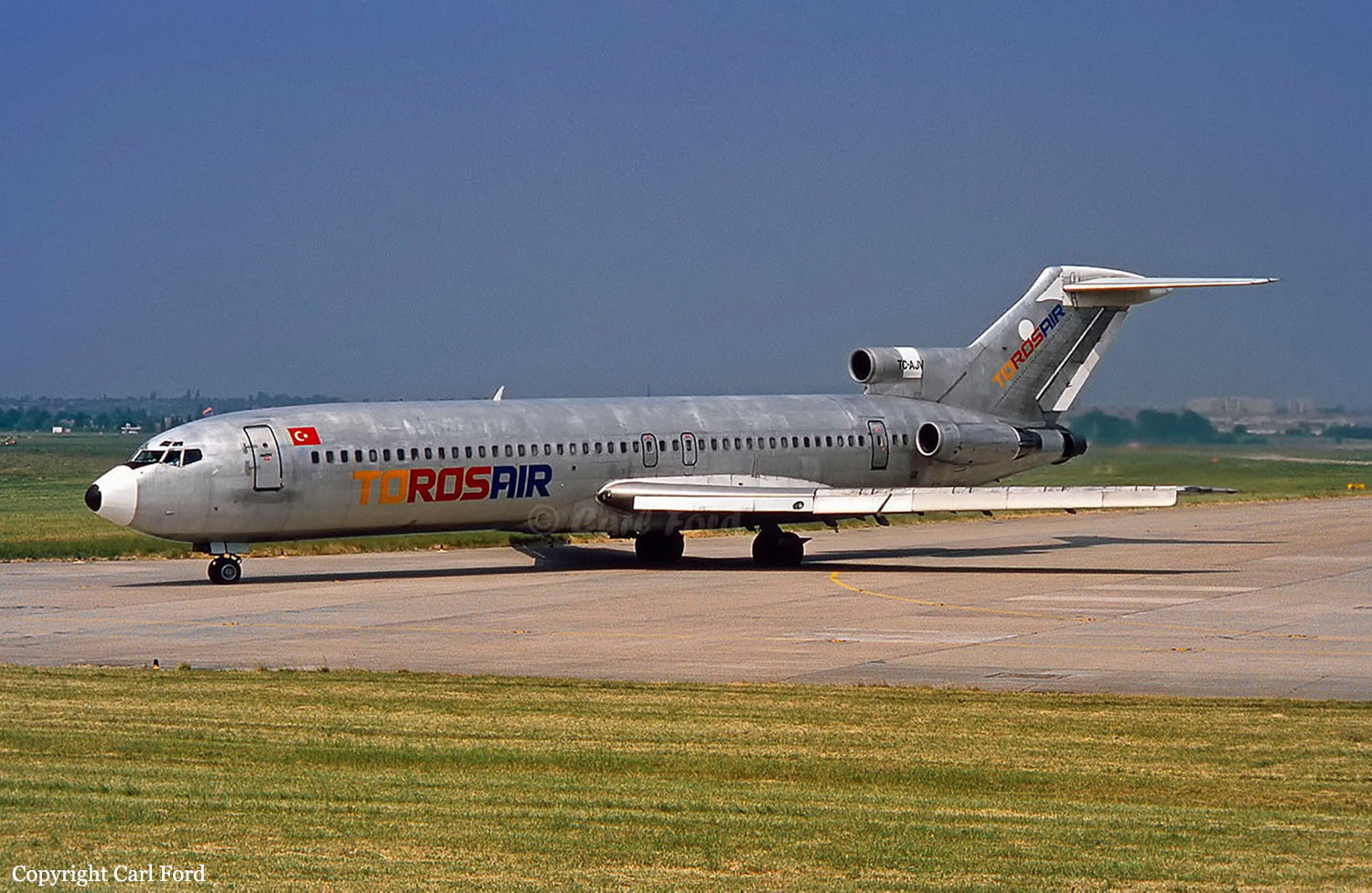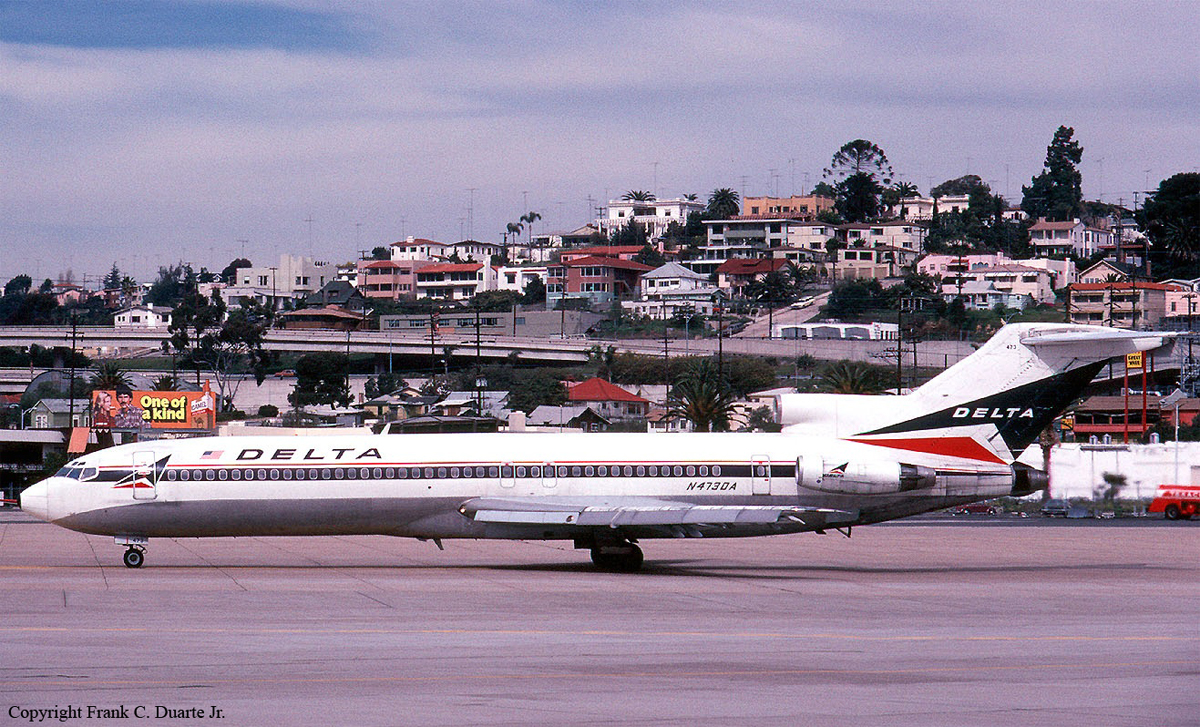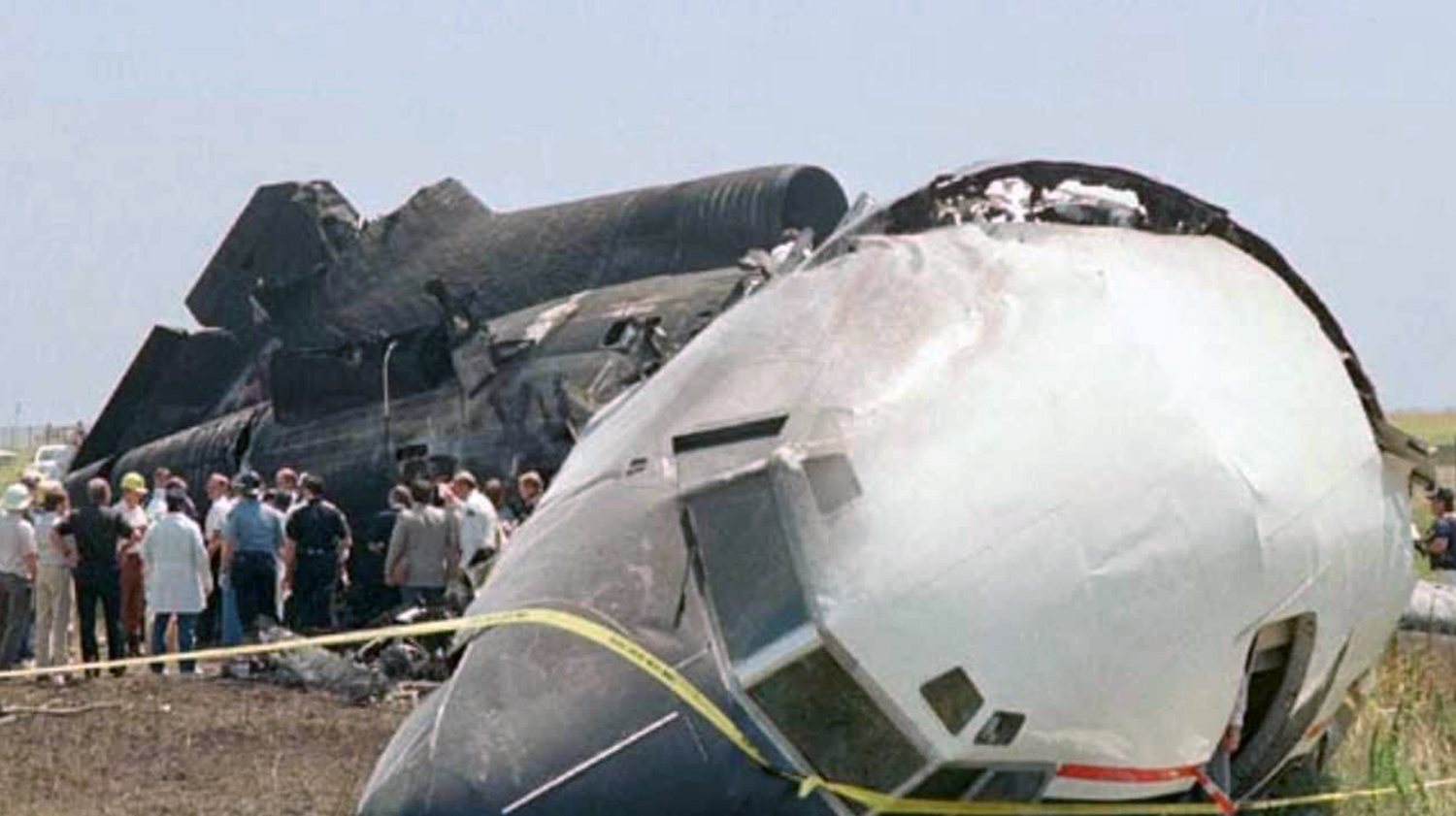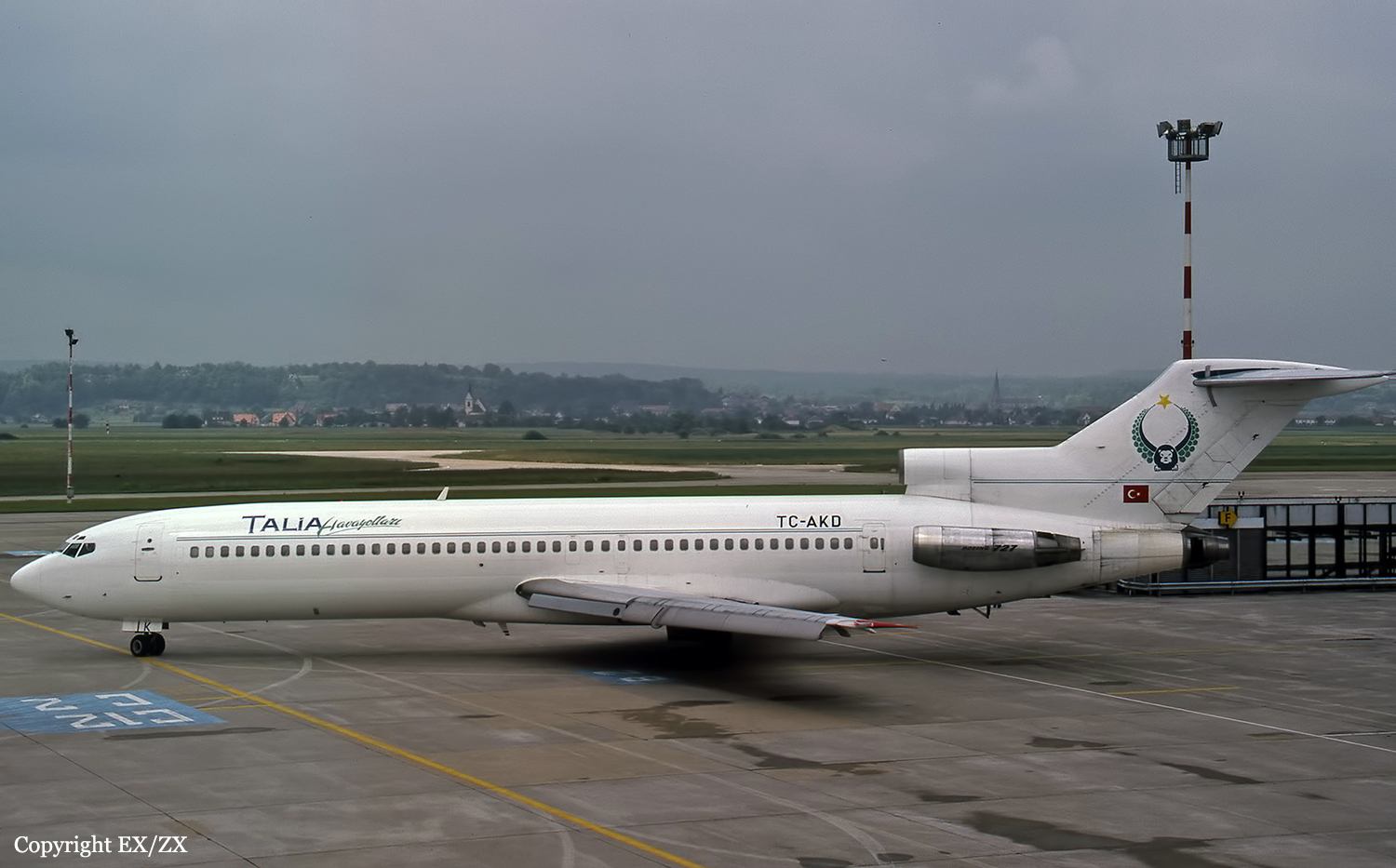Crash of a Boeing 727-2L5 in Tripoli: 157 killed
Date & Time:
Dec 22, 1992 at 0807 LT
Registration:
5A-DIA
Survivors:
No
Schedule:
Benghazi - Tripoli
MSN:
21050
YOM:
1975
Flight number:
LN1103
Crew on board:
10
Crew fatalities:
Pax on board:
147
Pax fatalities:
Other fatalities:
Total fatalities:
157
Circumstances:
Following an uneventful flight from Benghazi, the crew was cleared to start the descent to Tripoli Airport. Due to military traffic, the crew was instructed to hold over the Papa Echo beacon located 4,1 DME from runway 27 threshold. At an altitude of 3,000 feet, the Boeing 727 collided with a Libyan Air Force MiG-23 that just took off from Tripoli Airport. The fighter struck the tail of the Boeing that entered a dive and crashed 9 km from the airport after the tail separated. All 157 occupants were killed while both pilots on board the fighter ejected safely.
Final Report:



